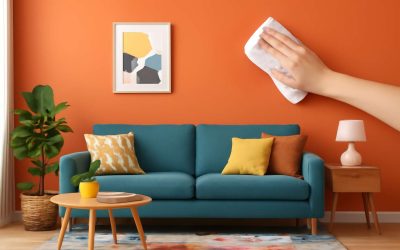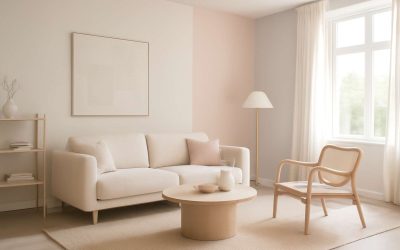When it comes time to repaint the exterior of your home, there are a number of factors you have to take into consideration: paint color, brand (invest in high-quality), quantity and paint sheen. Sheen is important because the exterior of your home is constantly exposed to major stresses like weather, debris, dirt and physical wear. The type of sheen you choose will help to keep your house looking great and protect it for years to come.
Exterior paint is formulated with additives that make it more suitable for use on outdoor surfaces. These additives are what allow the paint to handle all sorts of different environmental conditions, withstand heat and UV rays, resist fading and cracking and more. This can cause the paint to be a bit more expensive than interior paint but it will provide your home with a lot of necessary protection that other types of paint just can’t offer.
The most common sheen for exterior painting is a flat or eggshell finish. These types of finishes will provide the maximum level of durability for your home and work well with many different siding materials. However, a satin sheen may also be a good option for some homes. It provides a slight boost in color saturation and does a good job of hiding small bumps or imperfections in the surface. Satin can be a great choice for accent surfaces such as shutters, door frames and other areas that will require frequent cleaning and washing.
Flat paints aren’t as easy to clean as sheens but they do a very good job of protecting the surface against dirt and other environmental elements. You can wash them with a power washer or simply with soap and water. In order to keep a flat paint looking new though, it needs to be repainted regularly. A flat exterior paint that isn’t repainted in two to three years will start to show signs of deterioration such as flaking or peeling.
Repainting the interior of your home can be done every 2 to 4 years depending on how much it is used and the conditions in the room. In kitchens for example, the walls may get dirty and oily quite easily so you will probably want to re-paint in this area more frequently than say, a bedroom.
Interior paints are formulated without the harsh chemicals and additives that are found in exterior paint. Because of this, they are generally devoid of VOCs and other harmful compounds that can be dangerous in a closed and often poorly ventilated space. When you use exterior paint inside your home, the chemicals from the paint outgas for a few days or even weeks, which can irritate your eyes and respiratory system.
It isn’t recommended that you try to use exterior paint for any interior spaces, especially in high-traffic areas such as living rooms, bedrooms and children’s rooms. The chemicals from the paint will inevitably release VOCs and other harmful substances into these spaces which can be hazardous for you, your family or pets.



0 Comments